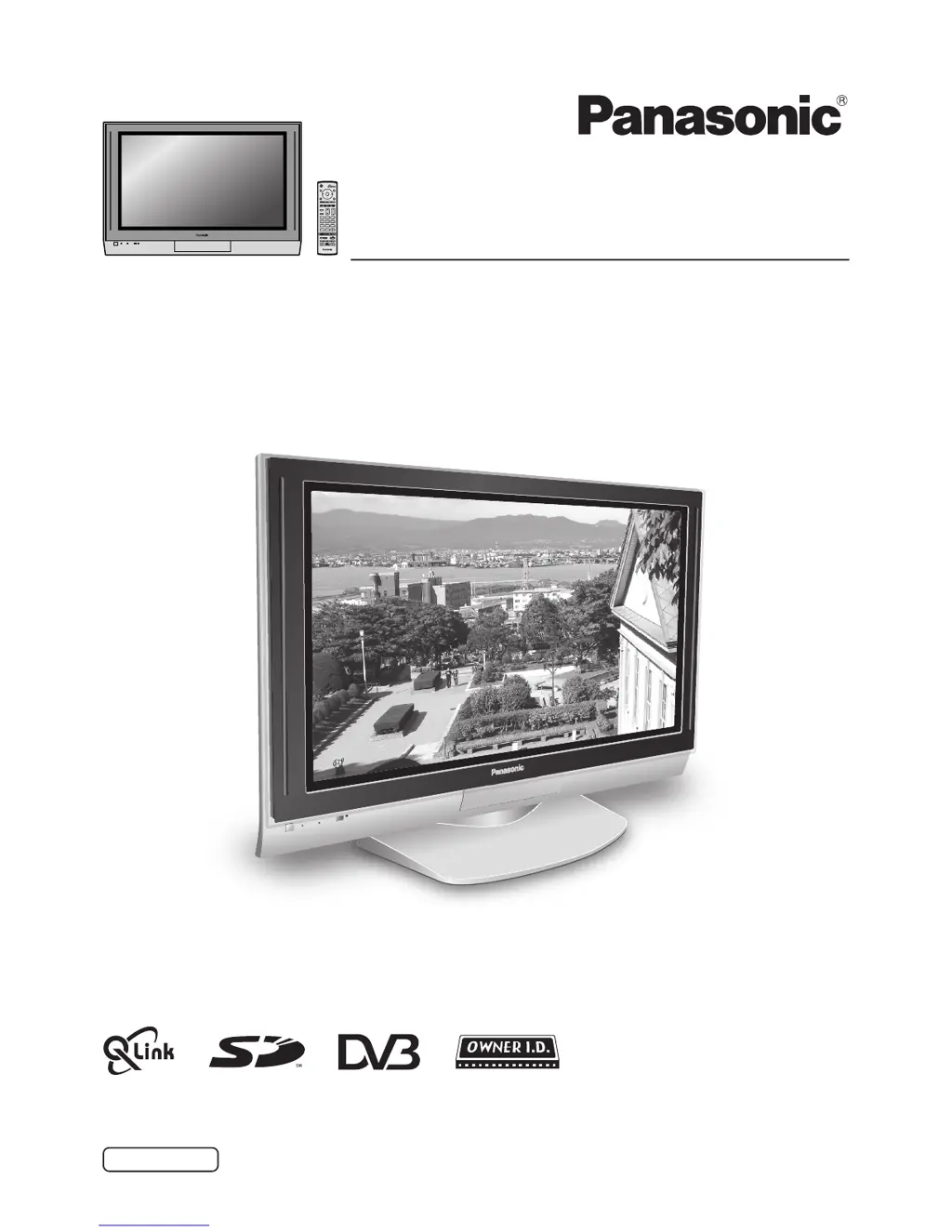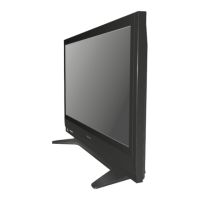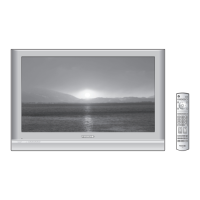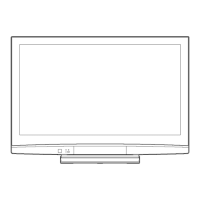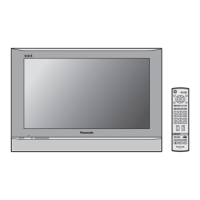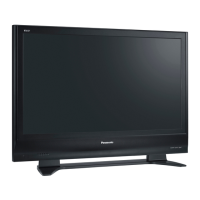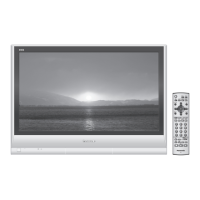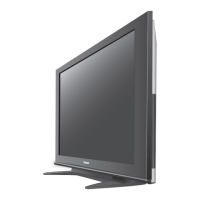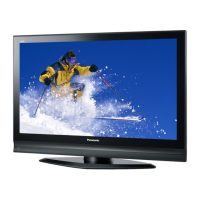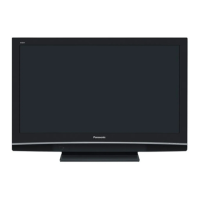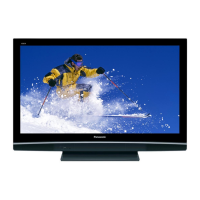What to do if my Panasonic Plasma TV has no picture?
- SSarah BlackAug 16, 2025
If your Panasonic Plasma TV shows no picture, ensure it is not set to AV mode and is properly plugged into the AC outlet and switched on. Also, check that the Picture and Sound controls are not set to minimum levels and that the TV is not in Standby mode.

